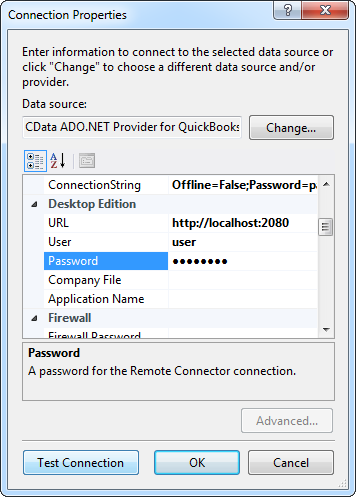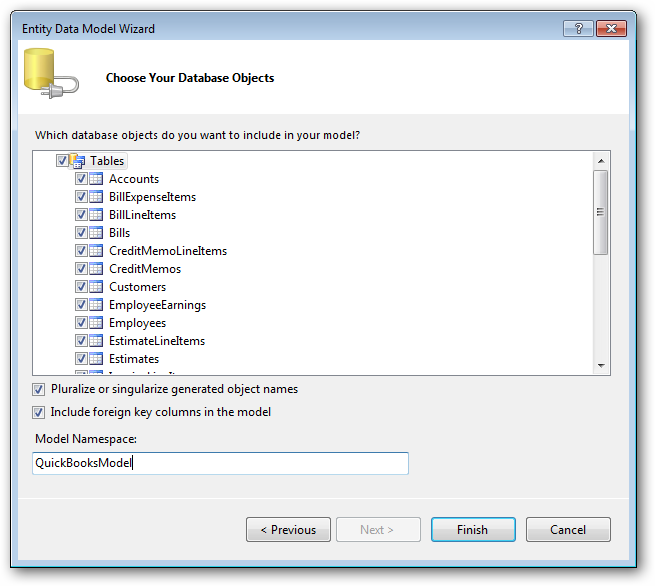Discover how a bimodal integration strategy can address the major data management challenges facing your organization today.
Get the Report →LINQ to Google Analytics Data
LINQ offers versatile querying capabilities within the .NET Framework (v3.0+), offering a straightforward method for programmatic data access through CData ADO.NET Data Providers. In this article, we demonstrate the use of LINQ to retrieve information from the Google Analytics Data Provider.
This article illustrates using LINQ to access tables within the Google Analytics via the CData ADO.NET Data Provider for Google Analytics. To achieve this, we will use LINQ to Entity Framework, which facilitates the generation of connections and can be seamlessly employed with any CData ADO.NET Data Providers to access data through LINQ.
See the help documentation for a guide to setting up an EF 6 project to use the provider.
- In a new project in Visual Studio, right-click on the project and choose to add a new item. Add an ADO.NET Entity Data Model.
- Choose EF Designer from Database and click Next.
- Add a new Data Connection, and change your data source type to "CData Google Analytics Data Source".
Enter your data source connection information.
Google uses the OAuth authentication standard. To access Google APIs on behalf on individual users, you can use the embedded credentials or you can register your own OAuth app.
OAuth also enables you to use a service account to connect on behalf of users in a Google Apps domain. To authenticate with a service account, you will need to register an application to obtain the OAuth JWT values.
In addition to the OAuth values, set Profile to the profile you want to connect to. This can be set to either the Id or website URL for the Profile. If not specified, the first Profile returned will be used.
Below is a typical connection string:
Profile=MyProfile;InitiateOAuth=GETANDREFRESH- If saving your entity connection to App.Config, set an entity name. In this example we are setting GoogleAnalyticsEntities as our entity connection in App.Config.
- Enter a model name and select any tables or views you would like to include in the model.


Using the entity you created, you can now perform select commands. For example:
GoogleAnalyticsEntities context = new GoogleAnalyticsEntities();
var trafficQuery = from traffic in context.Traffic
select traffic;
foreach (var result in trafficQuery) {
Console.WriteLine("{0} {1} ", result.Id, result.Browser);
}
See "LINQ and Entity Framework" chapter in the help documentation for example queries of the supported LINQ.






